Did the Shamakhan Tsarina from Pushkin's "Tale of the Golden Cockerel" really exist
A. S. Pushkin's fairy tale "The Tale of the Golden Cockerel", written by the poet in 1934, is familiar to everyone. If you haven't even read it, you probably remember the wonderful Soviet cartoon created by director and animator Alexandra Snezhko-Blotskaya. The most striking character in this story, without any doubt, is the Shamakhan Queen. The image of the fatal oriental beauty, it turns out, was not taken by Pushkin from the ceiling.
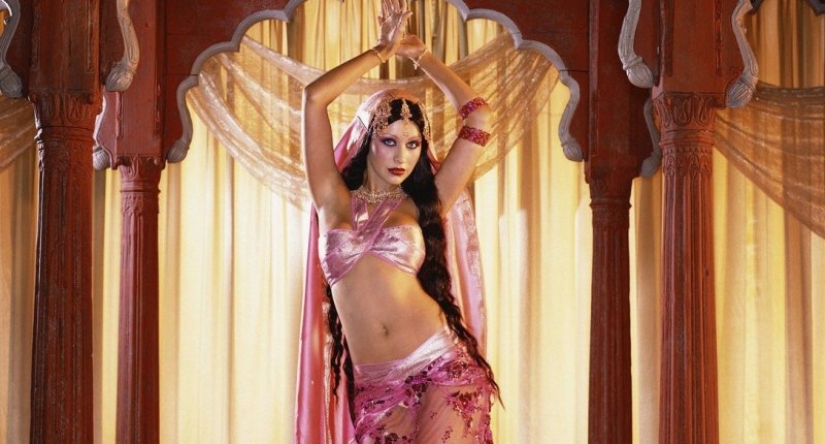
In the fairy tale, King Donon, in search of his two troops who did not return from the campaigns, led by his sons, goes to the East. There he finds the dead armies and a tent next to the beautiful Shamakhan queen. The king takes the girl with him and wants to get married.
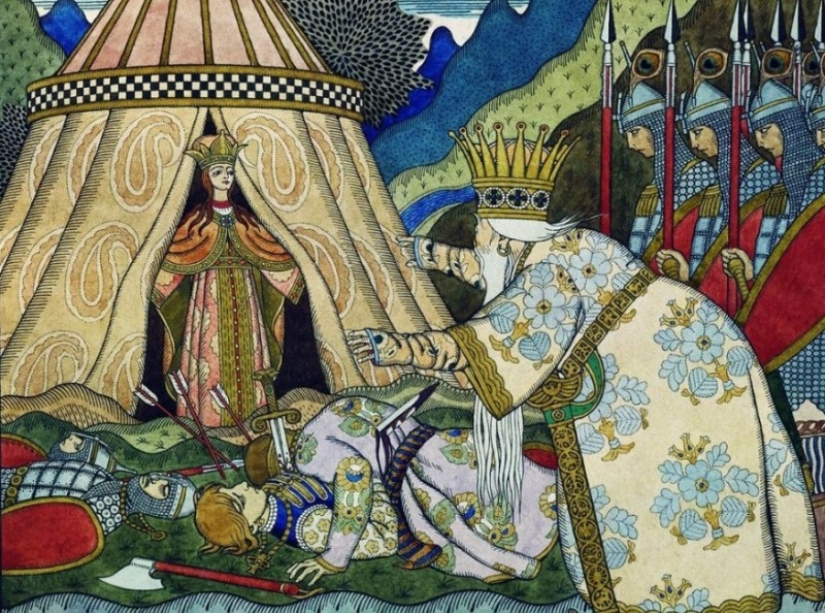
But the royal astrologer demands to give the beauty to him as payment for the golden cockerel that warned the tsar about the approach of the enemy. Dodon kills an unexpected opponent, but he himself dies after being attacked by a magic cockerel. The queen disappears without a trace after the tragedy.
In Pushkin's work, the Shamakhan Queen is the personification of ruthless beauty. For her sake, a person with weak moral qualities is able to sacrifice even close people. Some experts believe that the poet borrowed some features of the beauty from the fairy tale of the poet and playwright Pavel Katenin "Princess Milusha", published in 1833. There was a beautiful queen Zulfira, more like a witch.
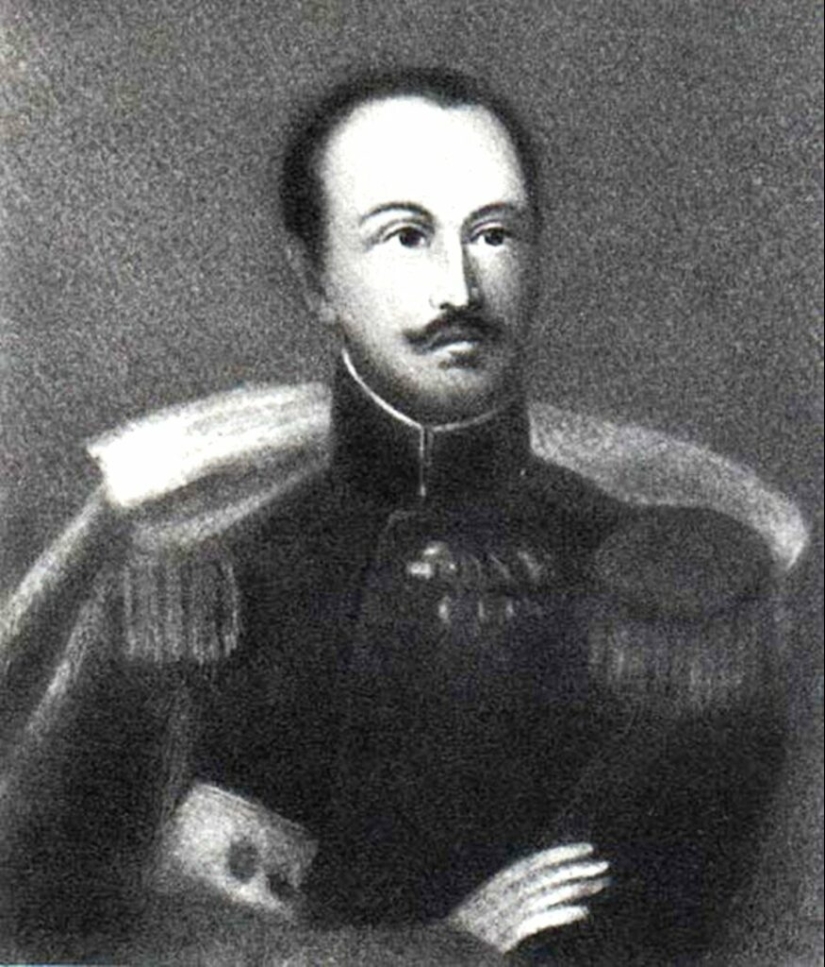
Interestingly, Katenin and Pushkin were well acquainted and highly appreciated each other's creativity. Katenin sent one of the first copies of his "Princess Milusha" as a gift to Alexander Sergeevich. But this is just a guess. Pushkin had enough data and talent to invent the queen himself. The Russian poet spent a lot of time in the East and knew well the history and culture of the peoples of the Caucasus and Transcaucasia.
The nickname of the queen "Shamakhan" clearly indicated her origin. The Shamakhan kingdom has never existed. But the kingdom of Shirvan, once located on the territory of Azerbaijan, is well known. What is the connection with the queen, you ask. It's simple, because the capital of this state was the city of Shamakhi. By the way, this city still exists — it is the center of the Shamakhi region of Azerbaijan.
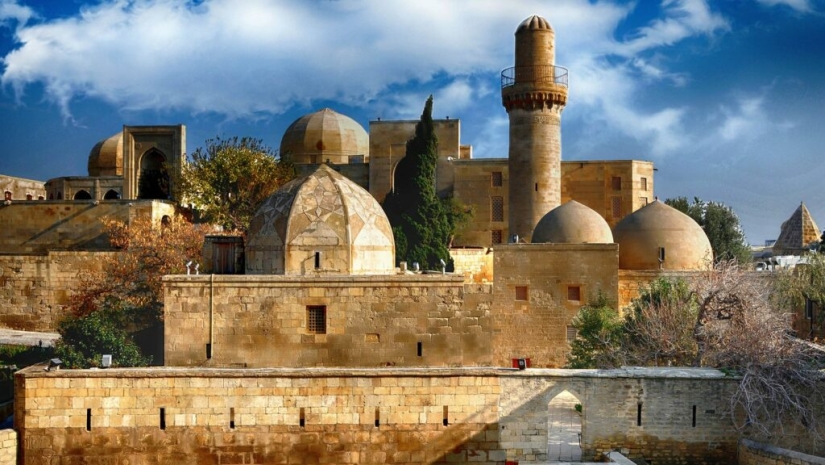
The kingdom of the Shirvanshahs existed from the 8th to the 16th century AD and left a significant mark in history. Contemporaries wrote that Shamakhi was a large city built with unheard-of luxury. And he was also famous for women of amazing beauty.
Beauties from Shirvan were highly valued in the medieval world and attracted enemies no less than the wealth of local shahs. Most of all, the kingdom got from the Mongols and Persians, who captured it repeatedly. For this reason, and even because of earthquakes, most of the grandiose structures of Shamakhi have not survived to this day.

Pushkin, who had traveled the Caucasus far and wide, knew perfectly well about the kingdom of the Shirvanshahs and the beauty of local women. At least the nickname of the queen from the fairy tale is associated with the name of the ancient capital of Shirvan.
Some researchers of Pushkin's creativity believe that the tsarina had a very real prototype. The second wife of Tsar Ivan the Terrible, Maria Temryukovna (Kucheney Temryukovna), was from the Caucasus. The tsar married her not only because of her beauty, but also for political reasons.
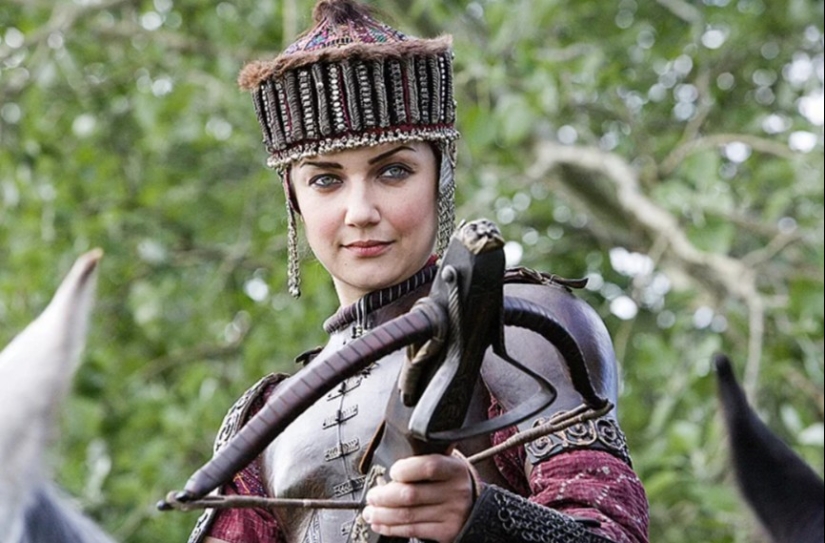
At that time, the Muscovite Kingdom was actively expanding to the East and was at war with the Kazan and Astrakhan kingdoms. The Caucasus, which was loyal to Moscow, was also in the zone of interest. Marriage with the Kabardian princess was supposed to strengthen trust. First, the sovereign was brought a portrait of a girl and he captivated Ivan. After that, the princess was brought to Moscow and married in August 1561.
This tsarina was very different in her disposition from the other wives of Ivan the Terrible. She held herself perfectly in the saddle, skillfully wielded a saber and shot an excellent bow. One of Maria's favorite pastimes was bear hunting. Unfortunately, this wife also suffered an unenviable fate — she died 8 years later, presumably poisoned by the boyars.
There is another opinion about the person of the fairy queen. Many researchers of Pushkin's work are sure that there was no prototype of the oriental beauty. They believe that this is a collective image inspired by the poet's long journey through the Caucasus and Transcaucasia.
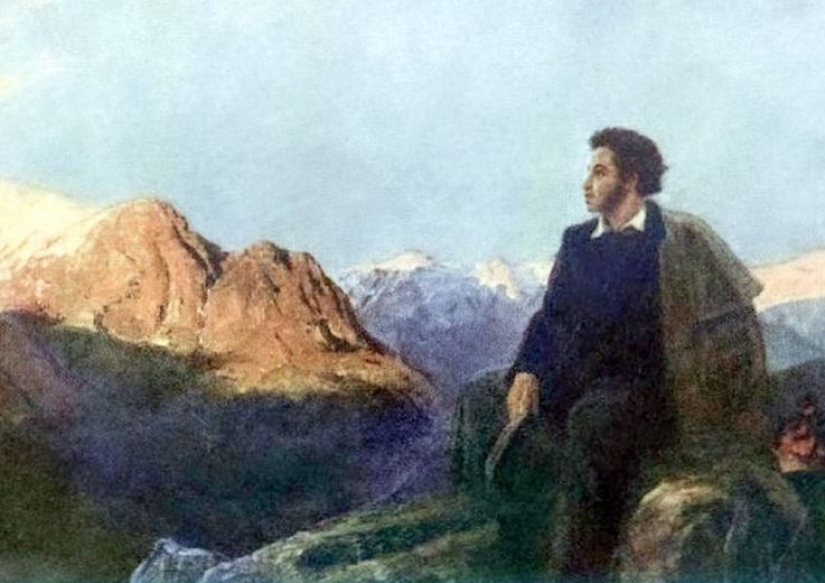
Alexander Sergeevich asked the authorities to allow him to travel abroad since 1826. The young poet, who was considered unreliable, constantly received refusals, so he decided to take an adventure. At the beginning of the spring of 1829, Pushkin took a road trip from the chancellery of St. Petersburg and went to travel without permission.
His path lay in the Caucasus, where the Russian-Turkish war was thundering at that time. Then Pushkin planned to go further, to Transcaucasia. For some time he was in the headquarters of Field Marshal Paskevich, who led the Russian army. But then the commander got rid of the guest, referring to the dangerous situation on the fronts.
Pushkin moved to Tiflis (Tbilisi), where he enjoyed the hospitality of Georgians for a long time. In Tiflis, the poet talked a lot with the locals, traveled to the surrounding mountains and, of course, created. The image of the Shamakhan queen could well have originated in the head of the great poet during this eastern period of his life.
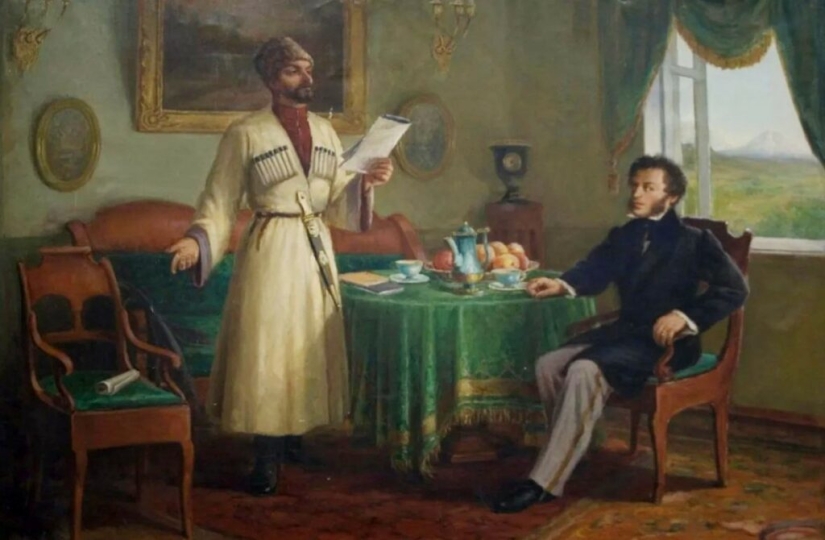
Contemporaries of the poet claimed that Alexander Sergeevich was well versed in the history and art of the peoples of the Caucasus and kept many books on this topic in the library. There were classics and works concerning the kingdom of the Shirvanshahs in the collection. The maidens from Shirvan are often mentioned in Azerbaijani folklore. One of the most famous characters can be considered Malika Kanna or the Shirvan maiden. This legendary woman was sometimes also called the mistress of the Gulistan fortress.
Today it is very difficult to determine exactly the origin of the image of the Shamakhan queen. Everything will be complicated by the fact that Pushkin liked to put deep meaning into his works. We are sure that the work of the great poet hides many more secrets that several generations will have to solve.
Recent articles

In November 69 BC, she was born Cleopatra, the last Queen of Egypt from the Macedonian dynasty of the Ptolemies. Cleopatra, perhaps ...

Explosions of smartphone batteries and short circuits in sockets no longer become a sensation, but few people know that the danger ...

It is believed that the appearance of gray hair — it is a sign of aging, the gradual extinction of the organism. Many ...